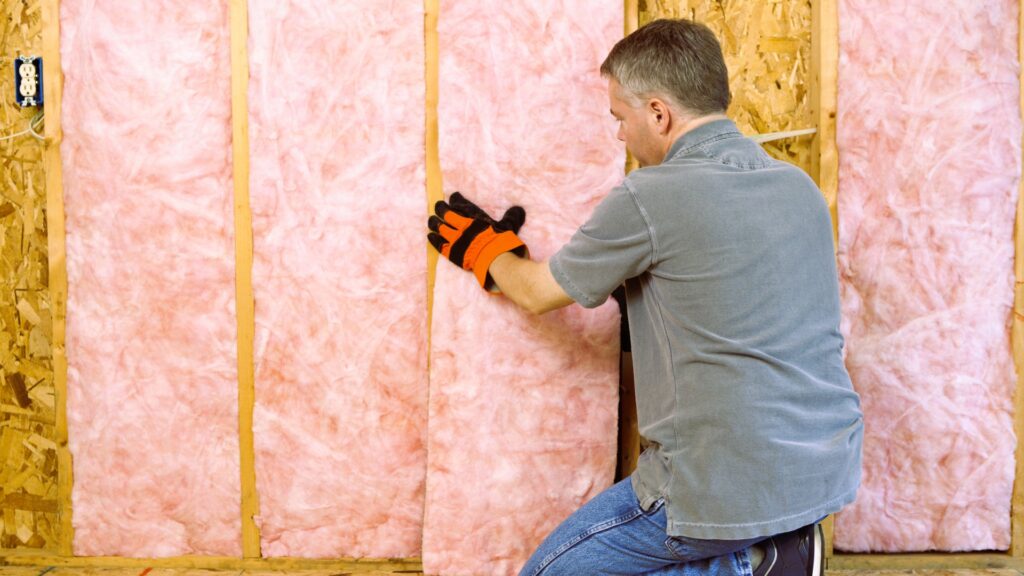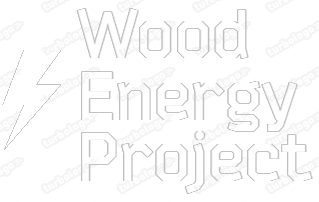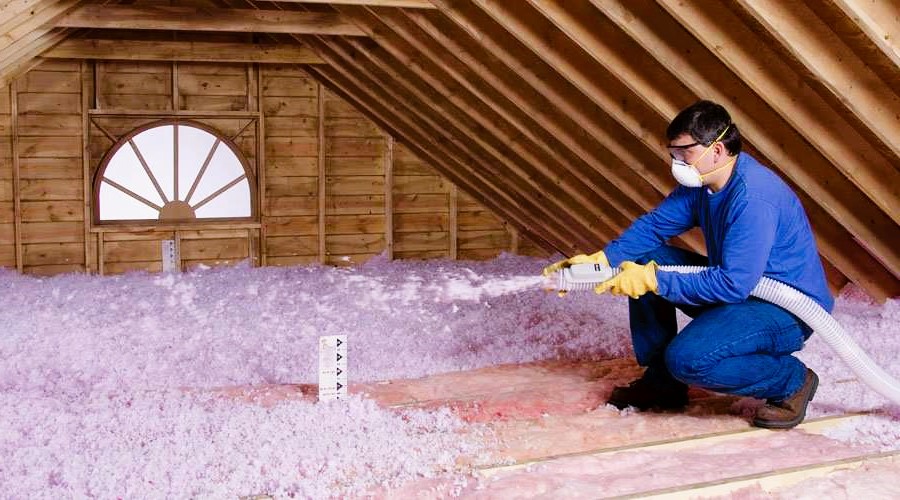Home insulation plays a crucial role in improving energy efficiency, reducing heating and cooling costs, and enhancing overall comfort. Recognizing the importance of energy conservation, the Canadian government and various provincial agencies offer tax incentives and rebates to encourage homeowners to invest in insulation upgrades. In this article, we will explore the tax incentives and rebates available for home insulation in Canada, highlighting the financial benefits and steps homeowners can take to take advantage of these programs.
- Government Programs
The Canadian government and provincial agencies have implemented several programs that provide financial incentives for home insulation upgrades. These programs aim to promote energy efficiency and reduce greenhouse gas emissions. Some of the notable programs include:
a) Home Efficiency Rebate (HER): Offered by Natural Resources Canada, HER provides rebates for various energy-saving upgrades, including home insulation. Homeowners can receive rebates for insulating attics, basements, and exterior walls.
b) ecoENERGY Retrofit – Homes Program: This federal program offers grants to homeowners who undertake energy-efficient retrofits, including insulation upgrades. The program provides financial incentives based on the type and scope of the insulation improvements.
c) Provincial Programs: Many provinces in Canada also offer their own incentive programs for home insulation. For example, the Home Energy Conservation Program in Ontario provides financial incentives for insulation upgrades, while Efficiency Nova Scotia offers rebates for insulation improvements in Nova Scotia.
- Eligibility Criteria
To qualify for tax incentives and rebates, homeowners must meet certain eligibility criteria. These criteria may vary depending on the program and province. Generally, homeowners must be the primary residents of the property and ensure that the insulation upgrades comply with specific standards and requirements. It is essential to review the eligibility criteria for each program to determine if your insulation project qualifies for financial incentives.
- Types of Insulation Covered
Tax incentives and rebates typically cover a wide range of insulation types. These may include:
a) Attic Insulation: Upgrading or adding insulation to the attic is one of the most effective ways to improve energy efficiency. It helps prevent heat loss during the winter and heat gain during the summer.
b) Wall Insulation: Insulating exterior walls can significantly enhance energy efficiency by reducing heat transfer and improving overall comfort.
c) Basement and Crawlspace Insulation: Insulating basements and crawlspaces helps prevent heat loss through the foundation, improves moisture control, and enhances energy efficiency.

d) Window and Door Insulation: Some programs may also offer incentives for upgrading to energy-efficient windows and doors, which contribute to overall insulation and energy savings.
- Application Process
To avail of tax incentives and rebates, homeowners are typically required to follow specific application procedures. These may include:
a) Pre- and Post-Upgrade Assessments: Some programs may require homeowners to undergo a pre-upgrade energy assessment to determine the current energy efficiency of their homes. A post-upgrade assessment is conducted after the insulation improvements are completed to confirm the energy savings achieved. Affordable DIY Home Insulation Techniques for Canadians.
b) Receipt and Documentation: Homeowners are usually required to keep receipts, contractor invoices, and any other relevant documentation as proof of the insulation upgrades and associated costs.
c) Application Submission: Homeowners need to complete the application forms and submit them, along with the required documentation, to the relevant program or agency. The application deadlines and submission methods may vary, so it is crucial to review the program guidelines carefully.
- Financial Benefits
Participating in tax incentive and rebate programs for home insulation can result in significant financial benefits. The exact amount of the incentives and rebates varies depending on the program and the extent of the insulation upgrades. Homeowners can potentially receive a percentage of the insulation costs as a rebate or a grant, effectively reducing the overall expenses associated with the project. These financial benefits can help offset the upfront costs of insulation upgrades and provide a faster return on investment through energy savings.
Conclusion
Tax incentives and rebates for home insulation in Canada are valuable resources that encourage homeowners to invest in energy-efficient upgrades. By taking advantage of these programs, homeowners can not only improve energy efficiency, reduce heating and cooling costs, but also benefit from financial incentives provided by the government and provincial agencies. It is essential for homeowners to research and understand the eligibility criteria, types of insulation covered, and application procedures for each program. By doing so, homeowners can make informed decisions, lower their environmental impact, and enjoy the long-term financial benefits of a well-insulated home.

